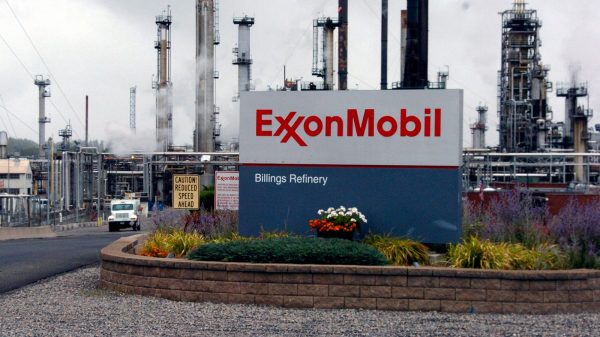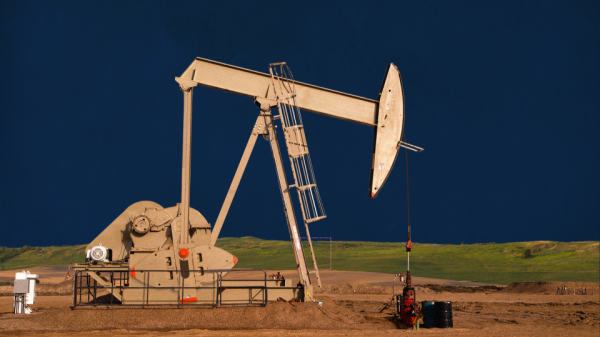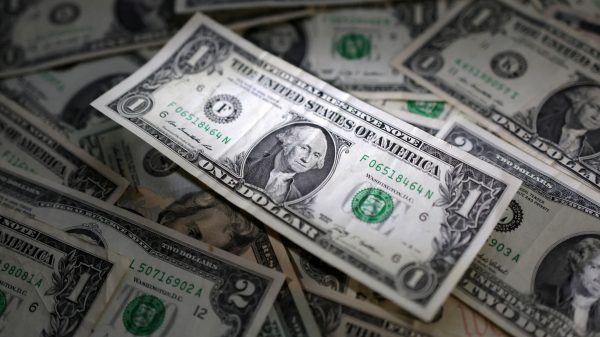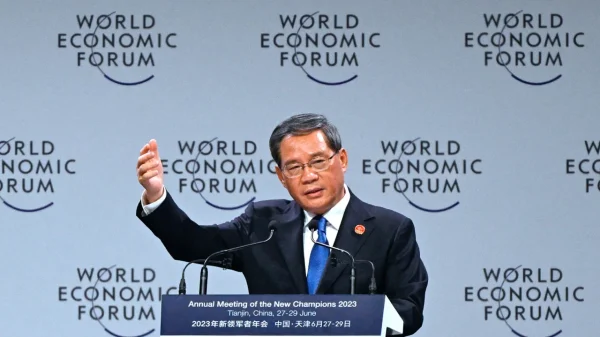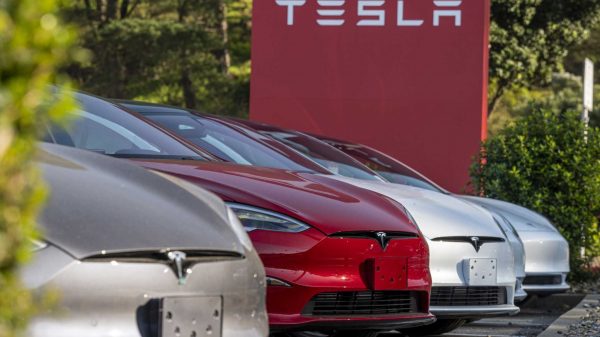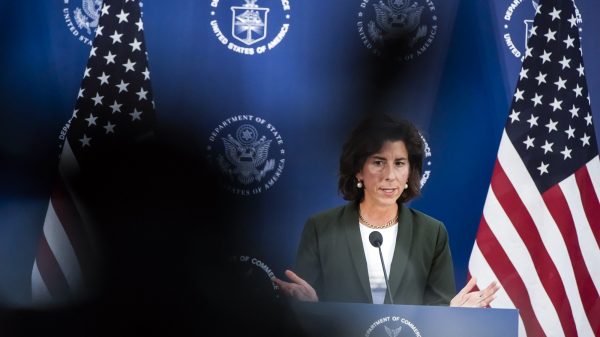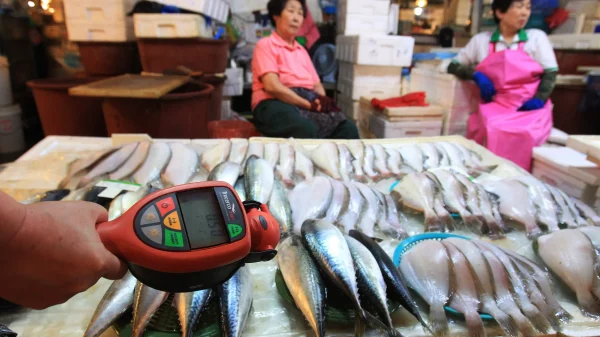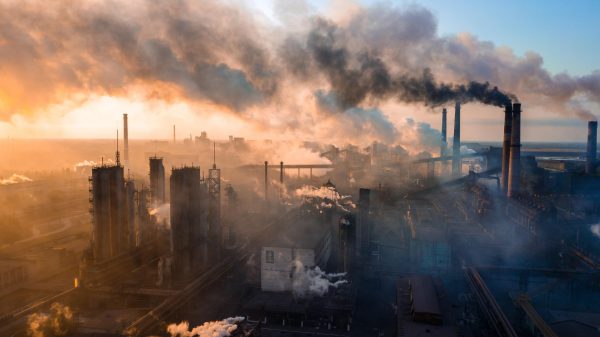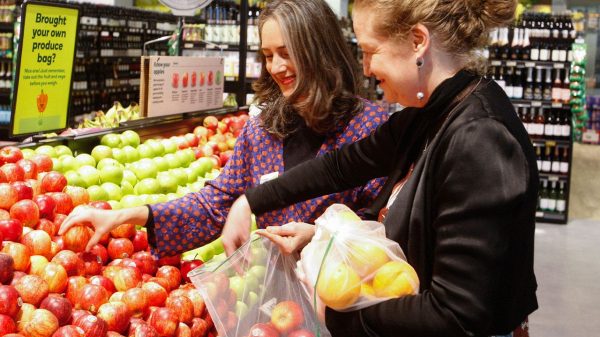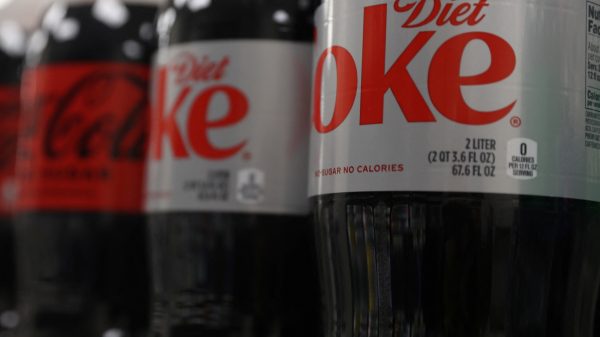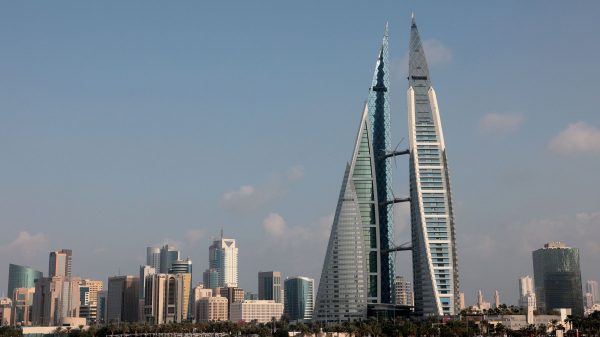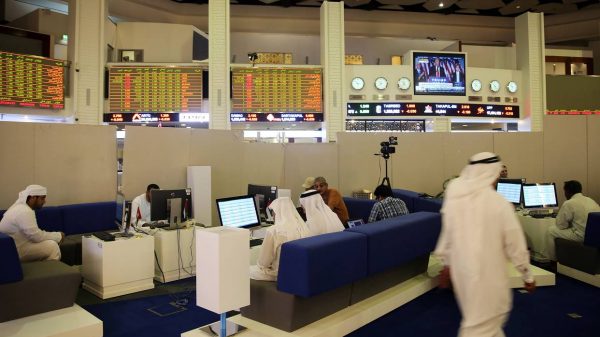It’s a common suggestion that we should just plant trees to suck CO2 out of the atmosphere, but this isn’t quite the solution it may seem. Reforestation would roughly make up for the carbon added to the atmosphere by past deforestation, but our burning of fossil fuels is another matter.
Still, that’s no argument to ignore reforestation. There is no silver bullet solution to climate change, and many things like reforestation add up to make meaningful contributions. And reforestation has a host of other benefits, including improving air quality and providing species with habitats.
So how much of a difference could efforts to save and regrow forests—together with conservation of other ecosystems—really do? That’s the question asked by a group led by Bronson Griscom, an ecologist at The Nature Conservancy. By including a broad set of possible reforestation actions, Griscom and his colleagues found a larger opportunity than we'd previously estimated.
How much forest can we afford?
Currently, land ecosystems (and human activities affecting them) are responsible for emitting the equivalent of about 1.5 billion tons of CO2 each year. (For comparison, total human-caused emissions are around 48 billion tons each year.) This is the balance of about 11 billion tons of emissions (caused by things like deforestation and agricultural practices) and the 9.5 billion tons of our CO2 emissions that land ecosystems helpfully soak up. It’s possible to change both of those numbers so that land ecosystems remove more CO2 from the atmosphere than they add.
Changing those numbers, however, could run into a number of logistical issues if doing so interferes with competing land uses. For example, reforestation efforts can’t reclaim so much agricultural land that we can’t feed the world’s still-growing human population. And high costs for particular conservation strategies could obviously be prohibitive.
To handle the economics, the researchers from The Nature Conservancy produce two estimates—one for a world where a weak price of $10 per ton has been placed on CO2 emissions, and one with a stronger price of $100. That sets the definition of “cost-effective” for conservation efforts.
Ignoring costs for a moment, they found a whopping theoretical maximum of almost 24 billion tons of CO2 per year through 2030 that could either be prevented from reaching the atmosphere or actively removed from it. At a carbon emissions price of $100 per ton, a little more than 11 billion tons of that maximum is cheap enough to save you money by avoiding some of the tax on net emissions. That’s fully 37 percent of the reductions needed to limit warming to no more than 2°C—an international goal. (Though after 2030, the contribution would start to drop off as the number of conservation opportunities remaining declines.)
The low-beef option
Half of this 11 billion tons per year of CO2 could be achieved by reducing emissions. That includes things like changes to agricultural practices and slowing the continued losses of forest and wetland area. The other half would be CO2 soaked up by actual expansion of forests or building up carbon in farmland soils, for example. About 40 percent of reforestation would depend on converting land currently used for raising livestock. That could partly be accomplished by increasing livestock density per acre of land, but it also requires average beef consumption to go down. Such a shift would not be massive—only about four percent of grazing land would be converted to forest—but it would mark a change from current trends.

In the less ambitious scenario, in which a price of $10 per ton is assessed to CO2 emissions, the CO2 savings falls from 11 billion tons to 4 billion tons per year—still 13 percent of the necessary cuts to stay below 2°C warming.
A selling point for these efforts, the researchers write, is that there is no need to wait for a new technology to mature. We don’t need to invent anything to halt deforestation or change some farming practices. We just need to do it. And while these actions don’t add up to 100 percent of what’s needed to limit the magnitude of climate change and its myriad impacts, 13 or 37 percent is a significant portion of comparatively low-hanging fruit.
Proceedings of the Natural Academy of Sciences, 2017. DOI: pnas.1710465114 (About DOIs).


